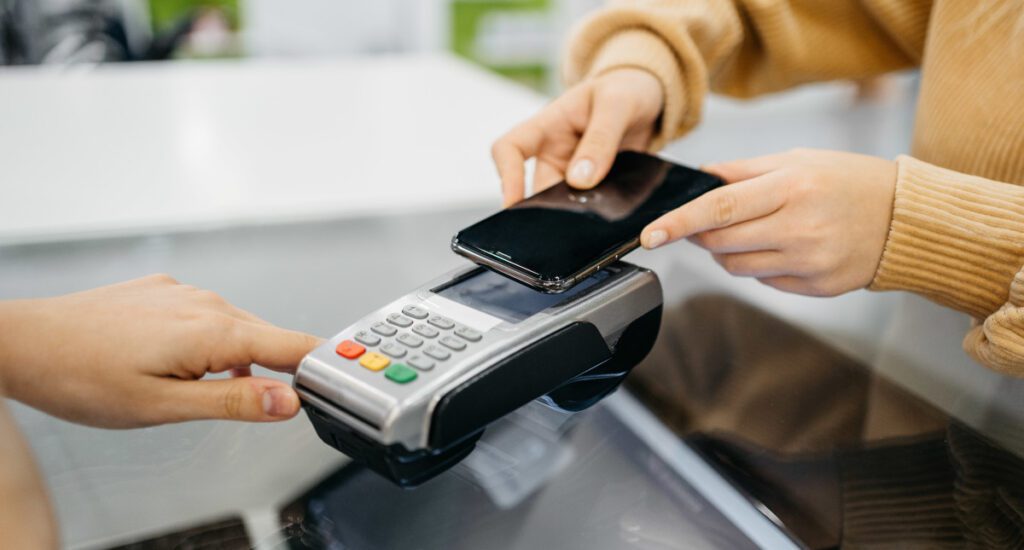Whether you are a professional services business that invoices monthly or a retail store with a high-end clientele, virtual terminal payment processing can simplify your purchasing process. Using a virtual terminal, merchants log into an interface and either send a digital invoice link to the customer or manually input transaction details.
Easy to use
Virtual terminals offer a secure way for businesses to transfer economic value. They help build trust with customers, while also providing detailed records for business and tax authorities. They are ideal for service providers like attorneys or accountants who take payments over the phone, but don’t see their clients in person.
Input payment information by logging into the virtual terminal dashboard on your computer or mobile device, selecting whether the transaction is credit card, debit card, or ACH and entering the sales amount. You can also hand-key the customer’s card or bank account number and any other order notes, then click a button to submit the transaction for processing.
Once the transaction is approved, funds are automatically deposited into your bank account within 24 hours. Many virtual terminal solutions also enable recurring payments, which can increase cash flow and customer retention.
Secure
The best virtual terminals offer cutting-edge security measures, including tokenization and encryption. These technologies help protect against fraudulent transactions by transforming the sensitive payment data into a token that can be used for future purchases. This ensures that the customer’s personal information remains secure at all times, even when the transaction is processed on a different device or sales channel.
The virtual terminal connects to the business’s credit card processing gateway and transmits the credit card details for authorization. The bank or credit card network then returns a response indicating whether the transaction is approved or declined. When the transaction is approved, it is sent for settlement and the funds are transferred into the merchant’s account.
Many virtual terminals also enable recurring payments, which eliminate the need to manually input card details for each payment. This is useful for businesses that sell subscription-based services or monthly products. The virtual terminal can also provide detailed transaction data for bookkeeping and analyzing sales trends.
Recurring payments
In addition to facilitating credit card payments over the phone or by mail, virtual terminals also allow businesses to process recurring billing payments for subscription products and services. These payments are a convenient way for customers to pay and can be easily tracked by businesses or their AR teams. These payment tools can be accessed via an online virtual dashboard or by logging into a secure payment gateway and entering transaction data manually.
To process a transaction, simply login to the virtual terminal interface and enter the sales amount and other order information. Then, select a card type (credit or debit) and click “Submit Transaction.” To swipe cards or insert them manually, businesses can add a USB card reader to the setup. The transaction information is then passed through the payment processor and merchant account to complete the sale. This allows businesses to build trust with their clients, and provides an easy way for them to track payments in their accounts receivable department.
Scalability
Virtual terminals allow businesses to process payments through a computer without the use of a card reader or mobile device. This is a great option for businesses that need to accept credit cards from customers who are not physically present in the business’s location.
Once the payment information is entered, the virtual terminal sends the transaction to the processor or acquiring bank for authorization. The acquiring bank then verifies the cardholder’s identity and determines whether the transaction is legitimate.
Once the transaction is authorized, the virtual terminal processes it by debiting the customer’s account and crediting the merchant’s account. It also generates a digital receipt for the customer, which can be emailed or printed for record-keeping purposes. Many virtual terminals also support transactions in multiple currencies, which can save time and money for businesses that need to deal with international customers. They also prioritize security by using encryption and secure data transmission protocols. This allows businesses to build trust with customers and mitigate potential financial losses due to data breaches.



